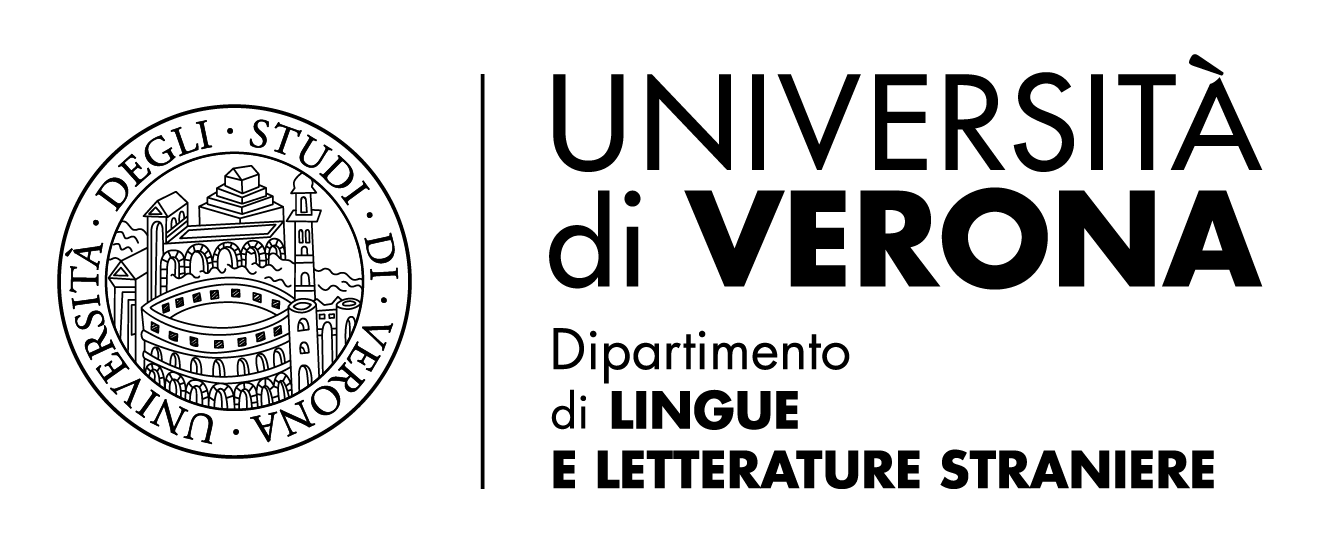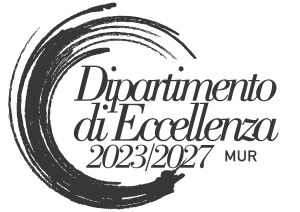François Truffaut e il corpo della scrittura: il caso di Adèle H.
DOI:
https://doi.org/10.13136/2465-2393/1277Abstract
Riassunto: La filmografia di François Truffaut ostenta la presenza del libro nella sua materialità attraverso la sua esibizione nei luoghi più improbabili e tra le mani della maggior parte dei personaggi. Che sia la fonte letteraria riportata sullo schermo, o il volume letto dai personaggi, o addirittura quello da loro scritto, la filmografia truffautiana fa del libro un vero e proprio personaggio di carta. In L’histoire d’Adèle H. il corpo della scrittura entra rumorosamente nel film come forma di riscatto da una marginalità affettiva che l’eroina rivendica nei confronti del genitore, il celebre Victor Hugo, mentre annega nel delirio di una passione amorosa non ricambiata.
Abstract: François Truffaut’s filmography flaunts the presence of the book in its materiality by displaying it in the most unlikely places and in the hands of most of the characters. Whether it is the literary source brought to the screen, or the book read by the characters, or even the one written by them, Truffaut’s filmography makes the book a real paper character. In L’histoire de Adèle H., the body of writing noisily enters the film as a form of redemption from an affective marginality that the heroine claims from her father, the famous Victor Hugo, while drowning in the delirium of an unrequited love affair.
Parole chiave: Truffaut, il libro nel cinema, adattamento cinematografico, passione romantica, Adèle Hugo
Key words: Truffaut, the Book in the Cinema, Film Adaptation, Romantic Passion, Adèle Hugo.
Downloads
Published
Issue
Section
License
Copyright (c) 2022 Margareth Amatulli

This work is licensed under a Creative Commons Attribution-NonCommercial-NoDerivatives 4.0 International License.



